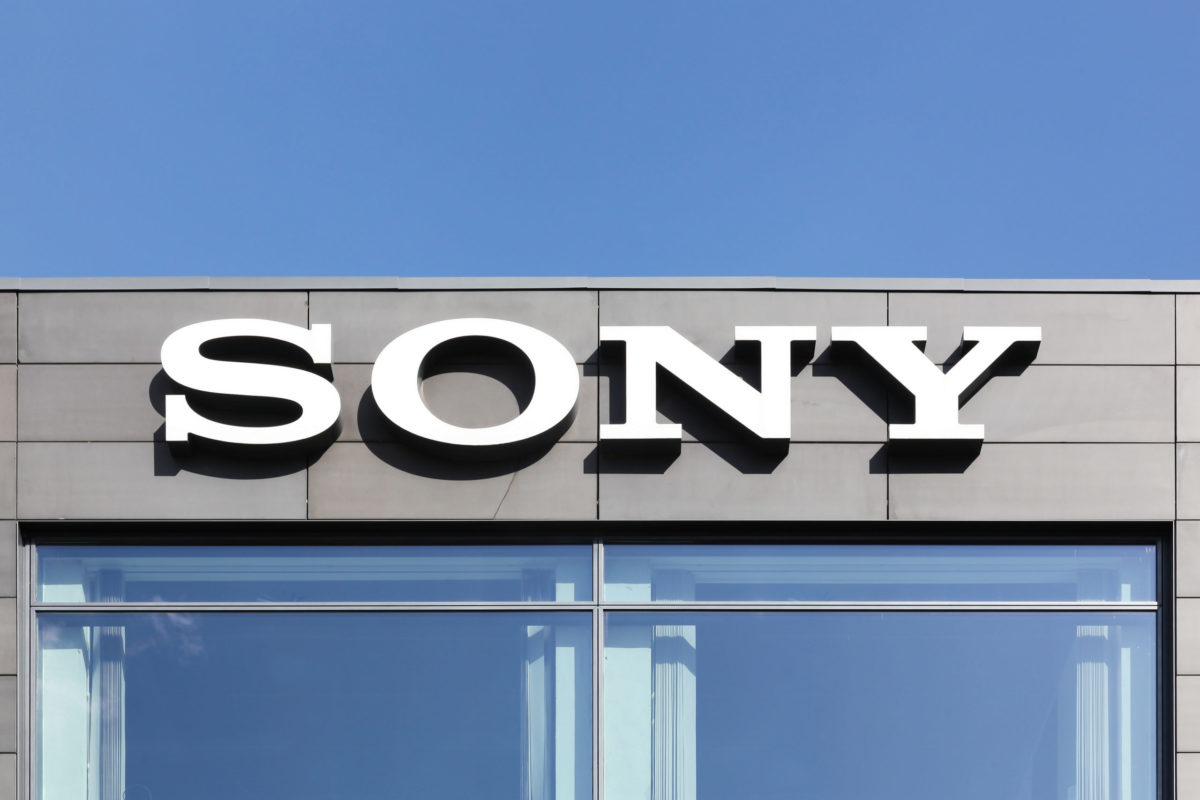The Facebook algorithm created to detect hate speech works harder than ever. On Tuesday, the social network reported a massive jump in the number of items removed to breach its rules on hate speech. Thus, the increase stemmed from better detection by the automated hate-speech sniffers. Moreover, artificial intelligence experts on Facebook developed those sniffers.
Nevertheless, those systems’ accuracy remains a mystery. Facebook does not release and says it cannot estimate the total volume of hate speech, which 1.7 billion daily active users post.
Moreover, Facebook released quarterly reports concerning how it enforces its standards for acceptable discourse since May 2018. The latest said that the company removed 9.6 million pieces of content it deemed as a hate speech in the 2020’s first quarter. Thus, it is up from 5.7 million if the 2019’s fourth quarter.
Facebook said that its software detected 88.8 percent before users reported them, of the 9.6 million posts removed in the first quarter. Thus, that is indicating algorithms flagged 8.5 million jobs, in the quarter, for hate speech. It up to 86 percent from the previous quarter’s total of 4,6 million.
Mike Schroepfer is Facebook’s, Chief Technology Officer. Thus, in call with reporters, he said that touted advances in machine learning technology of the company parsed language. He said that their models of communication have grown to be more accurate, more extensive, and nuanced. Moreover, they can catch less apparent things, continued Schroepfer.
Schroepfer did not specify how accurate those systems are now. Nonetheless, he only said that Facebook is testing systems extensively before they are deployed. It is partly because they do not incorrectly penalize innocent content.
Facebook Analysis
Schroepfer cited figures in the new report. The reports showed that although users appealed decisions taking down content for hate speech more often in the latest quarter (1.3 million times), fewer posts were subsequently restored. Moreover, Facebook said that Tuesday that the social network had altered its appeals process in late March. Because Covid-19 restrictions shut more moderation offices, it reduced the number of appeals lodged.

Figures of Facebook do not indicate how much hate speech is slipping through its algorithmic net. The quarterly reports of the company are estimating the incidence of some types of banned content under the rules of Facebook; nevertheless, not hate speech. Tuesday reports showed that violent posts, since last summer, have been declining. The hate speech section said that Facebook is still developing a global metric.
The missing numbers are shrouding the actual size of the hate speech problem of social networks. Caitlin Carlson is an associate professor at Seattle University. She said that the 9.6 million posts removed for hate speech looking suspiciously small compared with a vast network of Facebook users, and observations of users of troubling content. Moreover, Carlson says that it is hard to find.
In January, Carlson published results from an experiment in which she and a colleague collected above the 300 posts of Facebook. Those posts violated the hate speech rules of the platform. Thus, they reported them with the tools of service. As a response, only half of the posts were ultimately removed.
















